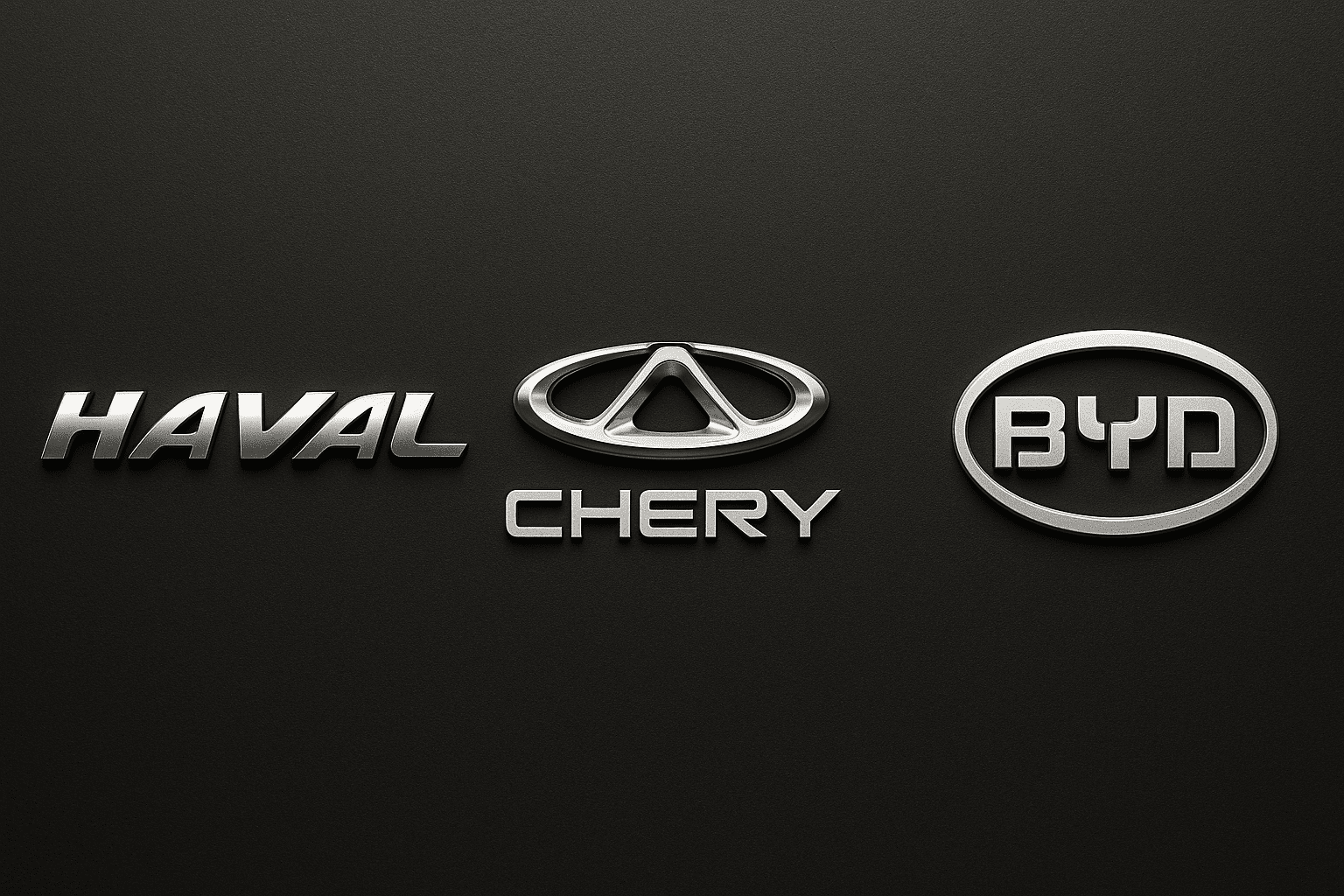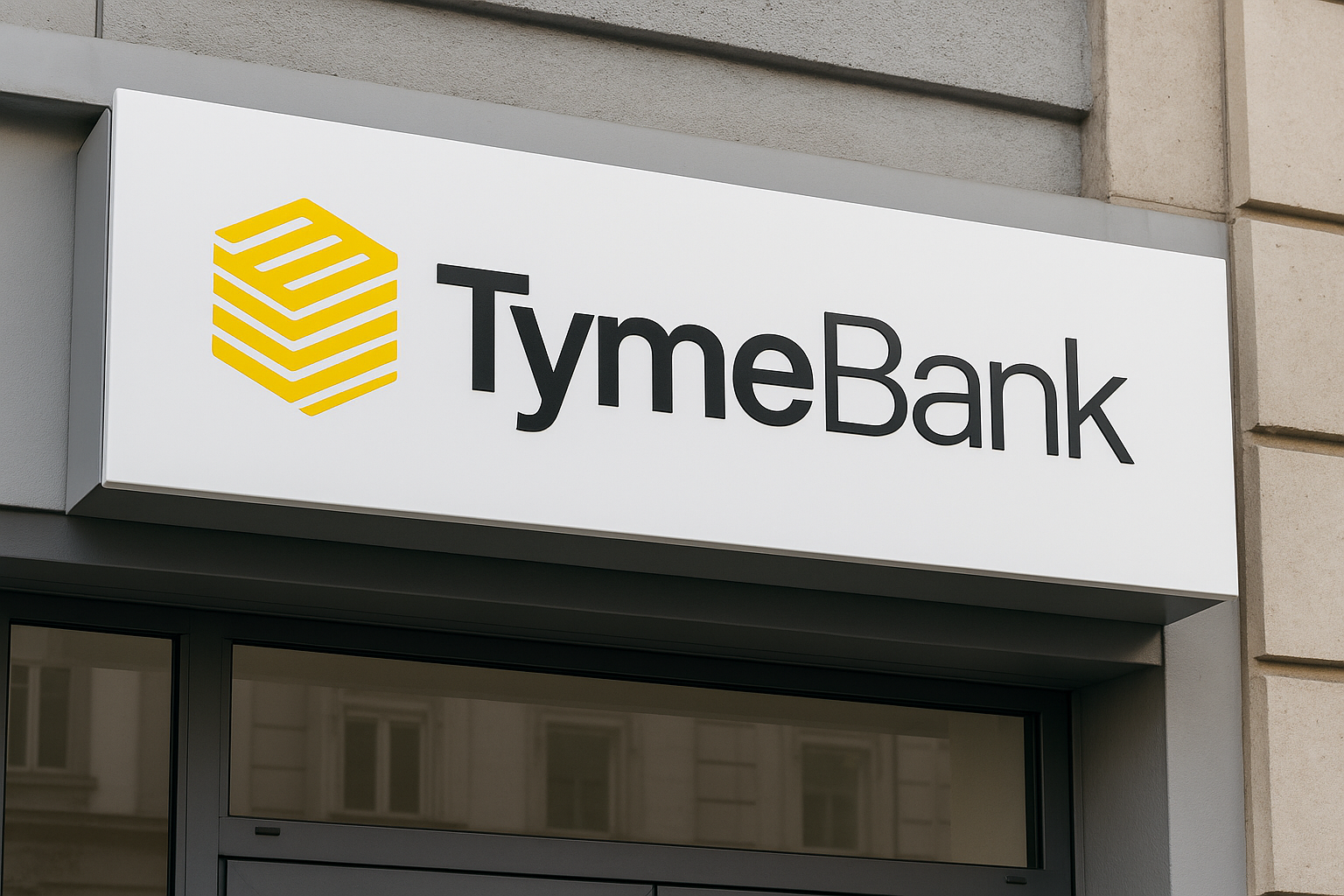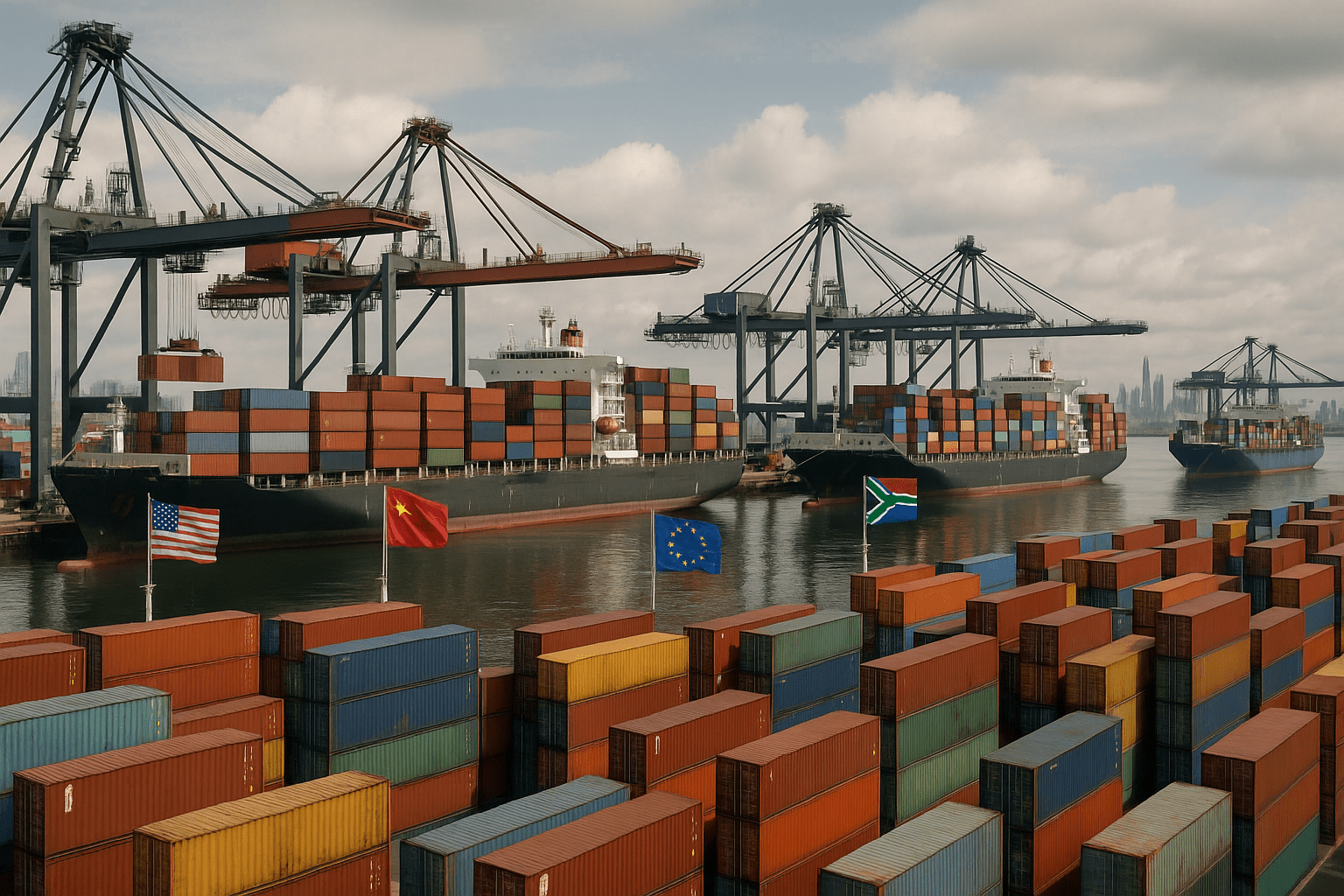South African Car Market 2025

South African Car Market 2025
The South African car market in 2025 is at a fascinating crossroads. On one side, new vehicle sales are rebounding strongly, fueled by recovering consumer confidence and competitive financing. On the other, the used-car sector continues to dominate, providing affordability in an economy where many households are still under financial strain. Meanwhile, electric vehicles (EVs) are slowly gaining ground, supported by government incentives but challenged by infrastructure and pricing barriers.
For investors, dealers, and consumers alike, understanding this landscape is crucial. This article unpacks the latest market trends, risks, and opportunities shaping South Africa’s automotive sector in 2025.
Featured Snippet (Quick Answer Box)
What is the state of the South African car market in 2025?
The South African car market in 2025 is experiencing strong growth in new-vehicle sales, a booming used-car sector worth over R240 billion, and rising but still limited EV adoption. Top risks include affordability, tariffs, and slow EV infrastructure, while opportunities lie in digital used-car platforms, Chinese OEMs, and local EV manufacturing.
New Car Sales: Recovery in Motion
After years of subdued performance, new car sales in South Africa are showing double-digit year-on-year growth in several 2025 reporting months. According to NAAMSA data, passenger car sales reached nearly 36,900 units in August 2025, pushing total industry volumes above 51,800 units for the month.
Key drivers behind the rebound:
- Improved consumer confidence – easing inflation and stable interest rates have boosted car financing uptake.
- Dealer channels dominate – around 83% of vehicles are sold via dealerships, reinforcing the importance of retail networks.
- Bakkies and SUVs lead the market – vehicles like the Toyota Hilux, Ford Ranger, and Isuzu D-Max remain the best-sellers, reflecting SA’s preference for versatile and rugged models.
Used Cars: The Backbone of the Market
The used-car sector is massive, valued at approximately USD 12.9 billion (R240+ billion) in 2025, and is expected to grow at a CAGR of 7% until 2030.
Why used cars dominate:
- Affordability pressures – new car prices have surged, with average entry-level models exceeding R250,000, driving many buyers to pre-owned vehicles.
- Digital marketplaces – platforms like AutoTrader, Cars.co.za, and OLX have transformed the way South Africans buy and sell cars, improving transparency and trust.
- Fintech innovations – online credit checks, digital warranties, and instant trade-in offers are making the used market more professional.
Electric Vehicles (EVs): Small but Growing
While EVs remain a tiny fraction of South Africa’s total fleet, the growth trajectory is impressive. Market reports show year-on-year EV sales growth of 20–30%, although from a low base.
Barriers to adoption:
- High prices – most EVs cost well above R800,000, far out of reach for the average consumer.
- Limited charging network – only a few hundred public charging stations exist across the country.
- Energy insecurity – ongoing load shedding makes EV adoption less appealing for risk-averse buyers.
Opportunities ahead:
- Government incentives – the Department of Trade, Industry and Competition (DTIC) has introduced EV production subsidies to attract local manufacturing.
- Chinese EVs – brands like BYD and Chery are entering South Africa with more affordable electric models.
- Local minerals advantage – SA’s access to platinum, manganese, and lithium positions it as a strategic player in the EV battery value chain.
The Rise of Chinese Automakers
Chinese brands are shaking up the local market in 2025. Chery, GWM (Great Wall Motors), Haval, and BYD have gained significant traction, offering well-equipped cars at lower price points compared to Japanese and European competitors.
Why Chinese OEMs are succeeding:
- Price advantage – models often 20–30% cheaper than similar rivals.
- Aggressive distribution – backed by strong dealership networks and aftersales support.
- EV-first strategy – BYD in particular is positioning itself as the “affordable EV option” in South Africa.
This influx is increasing competition and consumer choice, but also putting pressure on established players like Toyota, VW, and Ford to adapt.
Industry Risks and Headwinds
Despite the growth, the market faces serious structural risks:
- Affordability crunch – if interest rates rise again, car finance uptake will stall.
- Tariffs and trade shocks – recent tariff disputes have threatened local manufacturing exports.
- Job losses and closures – SA’s automotive sector has already seen plant closures and retrenchments, especially in component manufacturing.
- Slow EV readiness – without faster charging rollout and price cuts, mass EV adoption will be delayed beyond 2030.
Opportunities for Growth
On the flip side, 2025 offers several lucrative opportunities:
- Used-car fintech and platforms – digital financing, warranties, and trade-in ecosystems will expand margins.
- EV manufacturing incentives – government subsidies may attract new investment into local EV production.
- Aftermarket and servicing – with an ageing fleet and growing used-car ownership, demand for spare parts, repairs, and insurance-linked services is rising.
- Fleet electrification – logistics companies and ride-hailing services are early EV adopters, creating niche demand.
Infographic idea: Opportunity map showing growth areas: Used cars, EV production, Aftermarket services.
Consumer Insights: What Buyers Should Know
For buyers in 2025, the choice depends heavily on budget and lifestyle:
- Budget-conscious → Consider the used-car market. Certified pre-owned cars now come with warranties, finance options, and verified histories.
- Adventure/utility → Bakkies and SUVs remain the strongest all-rounders, with resale value advantages.
- Early EV adopters → If you have home solar or access to secure charging, EVs are worth considering, especially with Chinese brands introducing cheaper models.
Strategic Outlook for Investors and Dealers
For businesses in the automotive value chain, the winning strategies in 2025 are clear:
- Dealers → Strengthen online presence, used-car certification programs, and EV servicing readiness.
- Importers → Leverage Chinese partnerships and focus on mid-market affordability.
- Investors → Look at fintech startups in used-car financing and insurance, as well as logistics fleets transitioning to EVs.
- Policy-makers → Balance localisation demands with competitiveness to avoid more factory closures.
The South African car market in 2025 is a story of contrasts: robust recovery in new-car sales, a thriving used-car ecosystem, slow but promising EV growth, and intensifying competition from Chinese brands.
For consumers, affordability remains the central theme. For businesses, digital transformation and EV readiness are the key battlegrounds. And for policymakers, the challenge is to preserve jobs while securing South Africa’s place in the global automotive future.
In short, the sector is ripe with opportunity but not without risk — and those who adapt fastest will gain the most.




